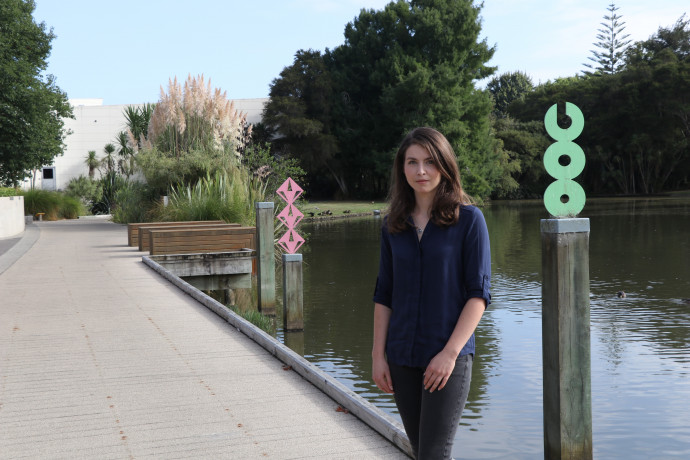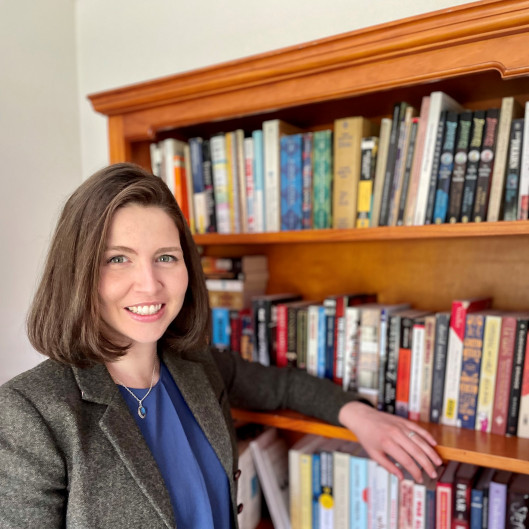A beginning, a middle, and an end? Mapping the emotional trajectories of our personal stories about the past

Dr Mevagh Sanson from Te Whare Wānanga o Waikato the University of Waikato will explore the ways in which our emotions shape how we tell and re-tell personal memories
Published on 2 Whiringa-ā-rangi November 2023
Despite the variety of stories we hear and share in our lives, through storytelling, books or movies, research suggests that there is really not a lot of variety when it comes to their emotional trajectories – their distinctive patterns of rising and falling fortune. Evidence suggests that most stories in Western fiction follow one of just six emotional trajectories. Even more surprisingly, these emotional paths are also evident in the stories that we tell about our own lived experiences. Why do we tend to fall into these familiar patterns when we talk about our personal history?
Dr Sanson has been awarded a Marsden Fund Fast-Start grant to map the ways that emotion shapes how we talk about our memories. The project will examine the relationship between common fictional story structures and how people describe personal experiences of the past. It will also investigate why most of our real-life stories follow the same emotional routes commonly found in fiction.
A clearer understanding of how humans use emotional trajectories in autobiographical storytelling will contribute to knowledge on our ability to organise and communicate information effectively. One of the reasons we use autobiographical memory is to help us form and maintain relationships with others, by sharing memories with them—which we frequently do. This illustrates an important link to mental health and wellbeing, proving that stories can have a powerful influence on how we experience the world.

Dr Mevagh Sanson (photo: supplied)
